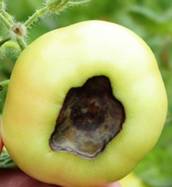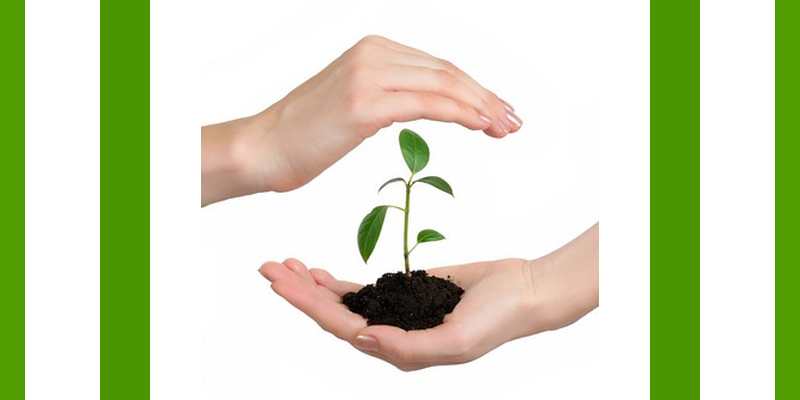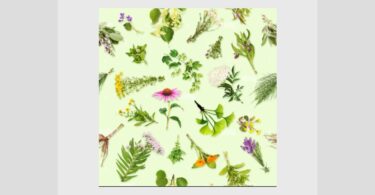RadkoTichavsky is a Czech born Mexican Agrohomeopath. He is a co-founder and director of Instituto Comenius in Mexico and author of Handbook of Agrohomeopathy, 2007 (Spanish) and Homeopathy for Plants, 2009 (Spanish) and creator and teacher of Holohomeopathy.
Agrohomeopathy Course!
RadkoTichavsky is now offering a one semester virtual course in Agrohomeopathy (in English). You can learn how to define and analyze holons and how to repertorize the specific homeopathic treatment beyond just disease or pest names. You can find out more here: www.icomenius.edu.mx
Organon de la Holohomeopatía – Six years in the making, it is the latest book by RadkoTichavsky, researcher on the application of homeopathy in agriculture. This Spanish language book covers homeopathic interventions in agriculture from the holistic view, allowing greater certainty in repertorizations. It addresses a novel concept of metabolic similarity, not only among plants, but also among different species of the animal and plant kingdom.It studies the formation and dynamics of attractors, areas of greater vitality within the holons and coexistence units of different living organisms. Holohomeopathy is a fascinating contribution to the application of homeopathy to plants. It allows one to discover a universe of surprising relations in vital dynamism. It puts into the hands of the agricultural producer a valuable tool for the successful handling of pests and diseases in crops of any size. For ordering or information: [email protected]

Dear Mr. Tichavsky,
For my Grevillea tree borer problem you recommended that I use Casuarina cunninghamiana 12 CH, & possibly Castanospermumaustrale, & Araucaria cunninghamii. I have checked with my Australian supplier of homeopathic remedies but she is unable to supply these remedies. Can you suggest where to get them and how they should be applied?
Thank you
Rhonda
Radko Tichavsky:
Dear Rhonda,
The application of homeopathy in plants is a relatively recent discipline and in its beginnings in the 30s of the twentieth century, researchers assumed that homeopathic remedies were universal, meaning they solved the same kind of pathogenic problems in humans, animals and plants with an anthropocentric point of view. As research and experimentation progressed, it was found that although there is a certain similarity between human and veterinary homeopathic remedies, the distance between human and vegetable homeopathic remedies is much greater, since the latter are much more specific and frequently very different from human remedies (perhaps except for some remedies of mineral origin). The agrohomeopathic and holohomeopathic remedies far exceed in their diversity to the human and veterinary remedies, it being in many cases impossible to obtain the remedies in the homeopathic pharmacies, and being necessary that each person prepare their mother tinctures and dynamizations by their own hands. In the future when the homeopathic pharmaceutical industry reacts and begins to supply agrohomeopathic remedies, it may be possible to get more specific remedies for holohomeopathy in the homeopathic suppliers.
In order to elaborate Casuarina Cunninghamiana 12 CH you will use a little of the resin of this tree and get in a bottle half of resin by volume and half of ethanol to 30%.l Let it extract the tincture a week, put it in a dark and fresh place. Then take a drop of the mother tincture and add 99 drops of ethanol and make 100 vigorous succussions, and label the bottle Casuarina cunninghamianan 1 CH. Then take a drop of this preparation and place it in a separate bottle and add 99 drops of ethanol, and then make 100 vigorous succussions and label the bottle Casuarina cunninghamianan 2 CH. Follow the same process until you reach the power 10 CH getting 10 bottles with successive potency of 1 to 10 CH.
Then place 2 ml of the 10 CH potency in a bottle with 198 ml of water and make 100 vigorous succussions. Then place the resulting 200 ml in 19.8 liters of water making 100 laps on the right and 100 laps on the left with a wooden stick. Now you will get 20 liters of Casuarina cunninghamiana at the potency 12 CH and so you can spray it on your trees. The remedy prepared in water will serve for the next 24 hours.The mother tincture and the remedies prepared in ethanol have an unlimited duration.
[hr]
Dear Mr. Tichavsky,
Our tomato plants developed blossom end rot. Is there to avoid this next year? We live in Camden NJ (U.S.) 08105. It’s rained more this year.

Thank you
Melissa
RadkoTichavsky:
Dear Melissa,
The Blossom end rot is a physiopathy caused by the deficiency of calcium in tomatoes. It is accentuated in situations of water stress (variations of excess and water shortage). There are tomato varieties more or less susceptible to this problem.The indication is to keep good mulching that can easily reach 10 cm thick, for example from oat straw is an excellent option. Apply once during the beginning of flowering: Borax 6 CH and Calcareacarbonica 6 CH foliarly once a week in problematic periods, during rainy days, with a little olive oil as coadjuvant. To the irrigation water you can add a vitamin C in microdoses, 1 tablet for 100 liters (without flavors or dyes). This will help the plants to absorb calcium more quickly in the roots, as well as in the plants and fruits.
[hr]
Dear Mr. Tichavsky,
My strawberries developed gray mold (Botrytis cinerea) and it spread before I could fix the problem. Is there some chemical free way to deal with this? I live in Liverpool, England. L270YE. The weather is moderate but damp.
Thank you!
Sharon
RadkoTichavsky:
Dear Sharon
Strawberries are plants that originally coexisted with forests of pines and oaks, taking advantage of a metabolic cooperation where different plants defend each other. The hybridization process that directs the plant to produce larger and more abundant sugar fruits and the separation of its natural forest environment, causes a greater abundance of fungi diseases such as Botrytis cinerea for example, which in wild plants of strawberry in a natural forestalholon does not represent any problem. In this case, Pinus edulis resinae 6 CH, a homeopathic remedy made from pine resin, is used. If you do not find Pinus edulis, resin of any other type of pine in your area may be useful. The mother tincture is prepared in 30% alcohol and in application the 6 CH potency is used. The application in fact forms a semi-permeable resin nanofilm on the leaves and fruits that inhibits the growth of Botrytis cinerea. Alternatively, you can use Boswellia sacra resinae (prepared from a common incense) in 6 CH potency.Both remedies produce good results. Preventively you can apply Oxalis tuberosa 6 CH or Phellinus pini 6 CH.
[hr]
Hello Mr. Tichavsky,
Armyworm caterpillars (Spodopterafrugiperda) feasted on our lettuce crop. We didn’t want to sprayanything toxic, so they had their way. Is there a natural predator we could introduce or encourage to visit? Or, homeopathic remedies? We live in Lyon, France.
Sincerely
Bernadette
RadkoTichavsky:
Dear Benadette,
In lettuce, different species of Spodoptera (exigua and littoralis, among others) occur frequently. The larvae of the Spodoptera have many natural parasitoid enemies: Homolobustruncatoides, Meteoruspulchricornis, Hyposoterdidymator, and several Tachinids, for example Coniabimaculata. The best way to attract the proper parasitoids natural for your holon is to disperse bionosode of Spodoptera to the 6 CH potency in your holon and inform the holon about the presence of the pest.
Try to maintain good mulching around the plants which increases the possibility that the appropriate spiders will established in your crop.To prevent this pest in South America we used Mastophoracornigera (spider balls) at the potency 6 CH. Lactrodectus mactans 6 CH also works very well. You must check your garden and locate spiders, as surely you have Agelena labyrinthica, Cheiracnthiumvirescens, and the best: Araneusdiadematus. Just observe well on the soil and plants and catch one of these spiders. With a single examplar you can prepare the mother tincture and then dynamise to 6 CH. It is applied with a little Aloe vera sap as an adjuvant and sprayed foliarly.






